It’s not uncommon for audio equipment to suddenly lose power. When this happens, many people opt to replace the fuse first to see if it resolves the issue. Before you proceed with fuse replacement, there are some important things to consider. Please note that the following information assumes that the fuse box is accessible from the outside without opening the casing and that the user can replace the fuse.
To preface, if a fuse inside the equipment is blown, it is rare that the fuse itself is defective. In most cases, an issue within the internal circuitry causes the fuse to blow. Therefore, replacing the fuse may not resolve the problem, and the equipment may need to be repaired by a professional.
Contents
- Basic Information About Fuses
- Helpful Tips for Fuse Replacement
- When Fuse Replacement Doesn’t Improve the Situation
1. Basic Information About Fuses
“The Role of Fuses”
Fuses protect audio equipment by blowing when the current flowing into the device exceeds the fuse rated current. This prevents abnormal currents from flowing into the internal circuits, thus protecting the equipment and preventing impact on other devices. Fuses are located between the L-pole (live side) of the AC inlet and the AC power terminal of the power board. Generally, fuses blow to protect the equipment when abnormal current occurs from the external AC power source. *See the diagram below

While some people strictly observe the L (live) and N (neutral) connections on power outlets, others do not. It is recommended to connect L and N correctly. Even if connected oppositely, the fuse will function correctly, but voltage will always be applied from the L side of the power outlet, posing a risk of a weak current flowing through the internal circuit.
“Types of Fuse Boxes”
When users can replace the fuse, there are different types of fuse boxes:
Drawer-Type Fuse Box at the AC Inlet
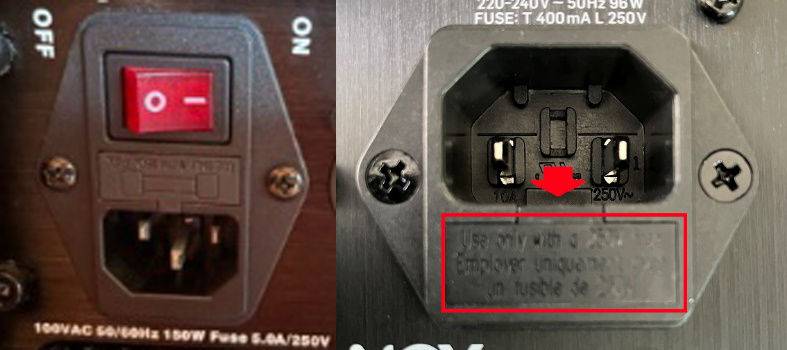
The fuse box is a drawer type and can be pulled out with a flathead screwdriver.
Cylindrical Fuse Box
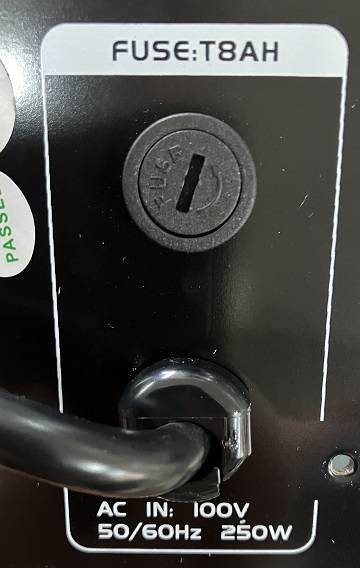
The fuse holder can be removed by pressing and rotating with a flathead screwdriver.
*Important: Always unplug the power cable and wear rubber gloves to prevent electric shock when removing/installing fuses.
2. Helpful Tips for Fuse Replacement
When replacing a fuse, selecting the appropriate fuse can be confusing. If you can’t find the right fuse, you may need to contact the manufacturer for repair.
Here are some key points to consider:
①Rated Current
Fuses may be marked with F (fast-acting) or T (time-delay), indicating how quickly they blow. Fast-acting fuses are less common in audio equipment, while time-delay fuses are more common.
②Rated Voltage
The voltage rating is often indicated, such as 250V.
③Breaking Capacity
Marked as L (low breaking capacity), E (medium breaking capacity), or H (high breaking capacity).
④Size
Common sizes include 5.2φ x 20 mm, 6.4φ x 30 mm, and 8AG (6.25φ x 25 mm). Measure the size of the original fuse to determine the correct replacement size.
First, check the original fuse for size and ratings. There are both glass and ceramic fuses.
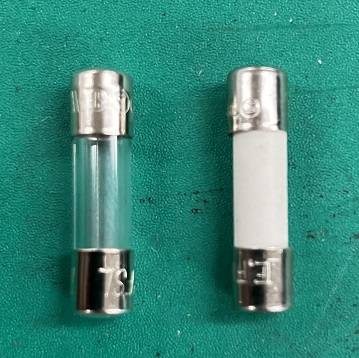
A ceramic fuse is on the right in the picture above.Ceramic fuses have higher breaking capacities than glass fuses. Whenever possible, choose a fuse made of the same material as the original.
Next, read the fuse’s rated specifications. For example, a fuse in the picture below is marked as T200mA/250V. Look for a replacement with the same specifications.
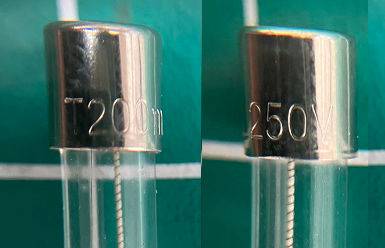
Measure the fuse size with a scale if necessary.
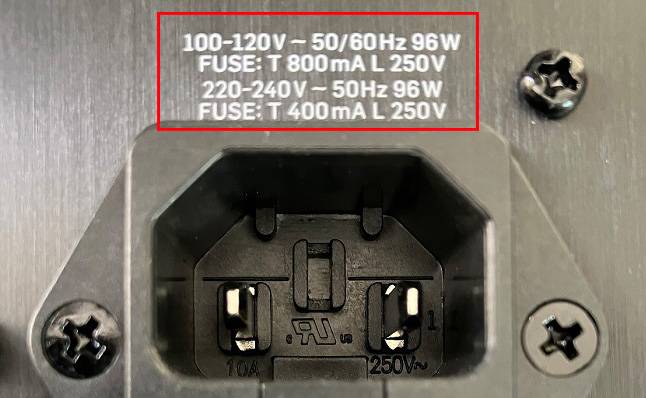
You can see a white print above the inlet (outlined in red). This indicates the fuse rating. For this device, if the power voltage is AC 100-120V, you should use a fuse with the specification ‘T800mA L 250V’. The specifications for 220-240V are for use in Europe and other regions, so let me skip it here.
So far, I have talked about how to identify the correct fuse, but it may be difficult to obtain the exact same fuse. In such cases, it is advisable to request a repair from the retailer. Fuses have detailed specifications, and manufacturers test and select the appropriate fuse ratings, so it is essential to replace the fuse with one of the same specifications. Avoid using fuses with different ratings or characteristics.
3. When Fuse Replacement Doesn’t Improve the Situation
If the fuse blows again immediately after replacement, or if the issue isn’t resolved, there may be problems beyond the fuse, such as in the circuitry. In such cases, it is recommended to seek repair services from the retailer. I hope this information has been helpful.






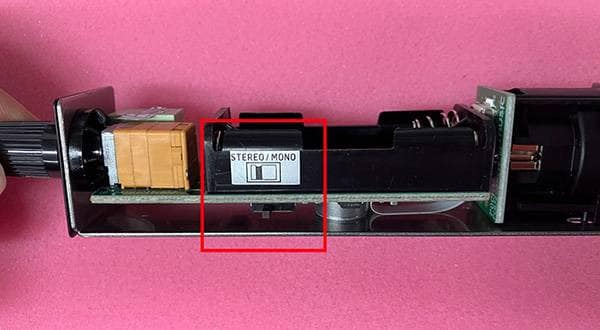

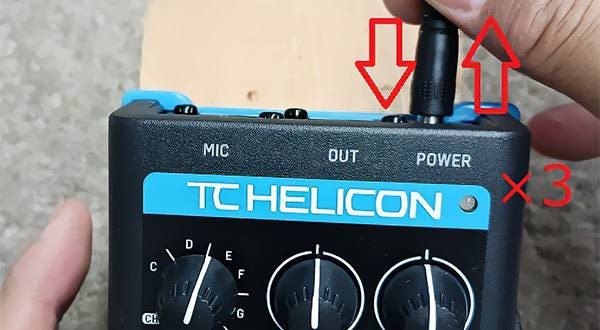
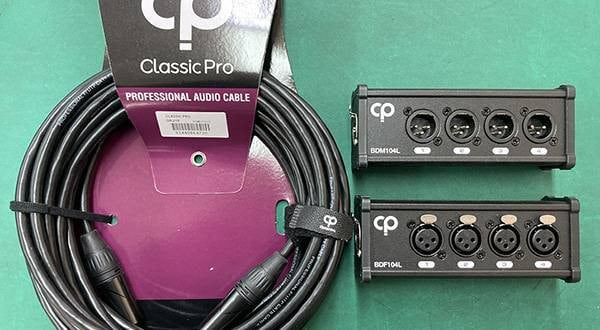
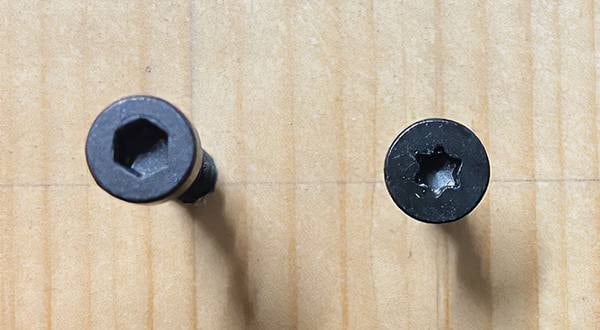
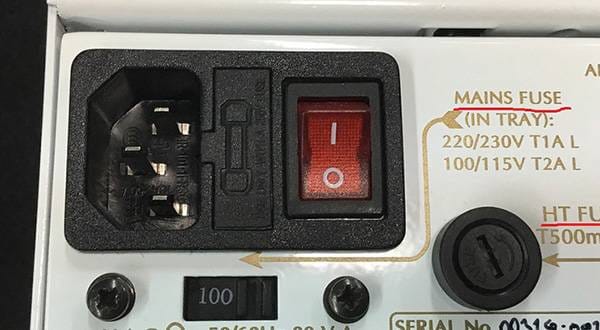
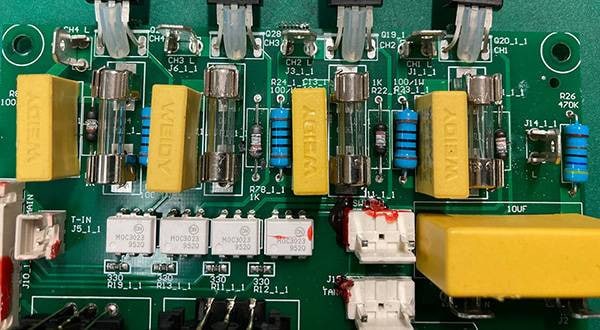
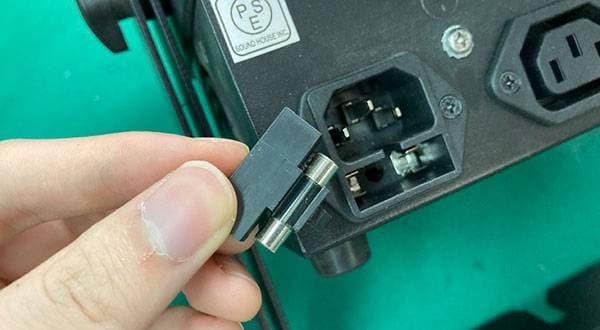
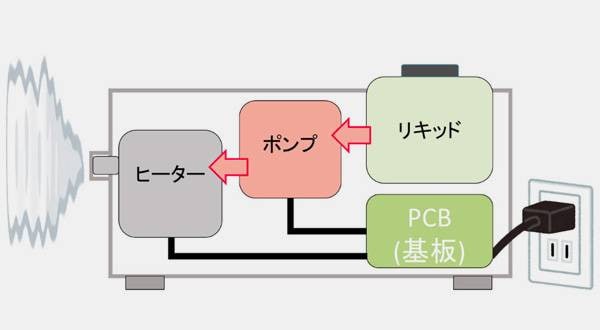
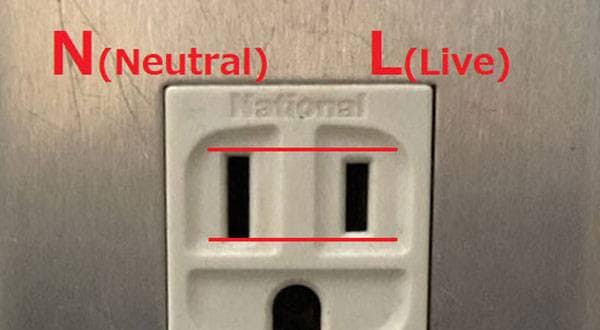
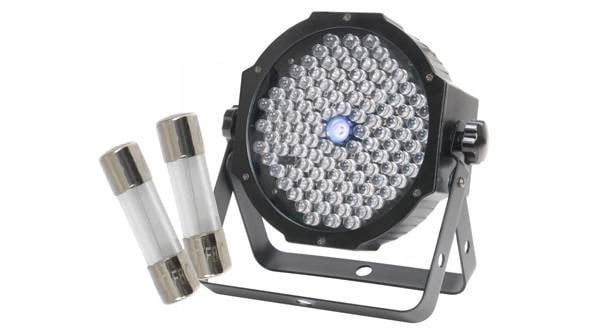
 STAGE EVOLUTION ステージ照明
STAGE EVOLUTION ステージ照明
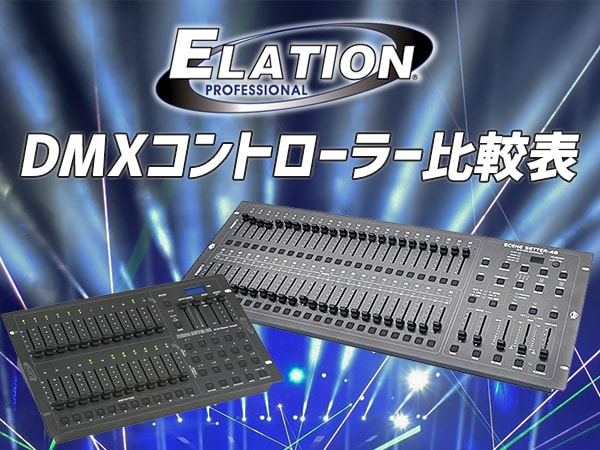 ELATION DMXコントローラー比較表
ELATION DMXコントローラー比較表
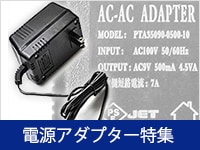 電源アダプター特集
電源アダプター特集
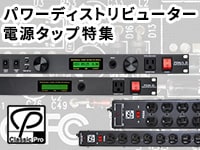 CLASSIC PRO パワーディストリビューター特集
CLASSIC PRO パワーディストリビューター特集
 停電時にパソコン、作曲データを守る!!
停電時にパソコン、作曲データを守る!!
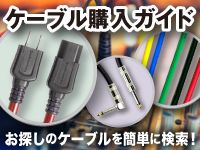 ケーブル購入ガイド
ケーブル購入ガイド















